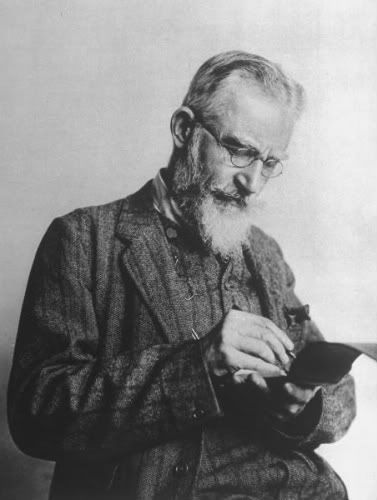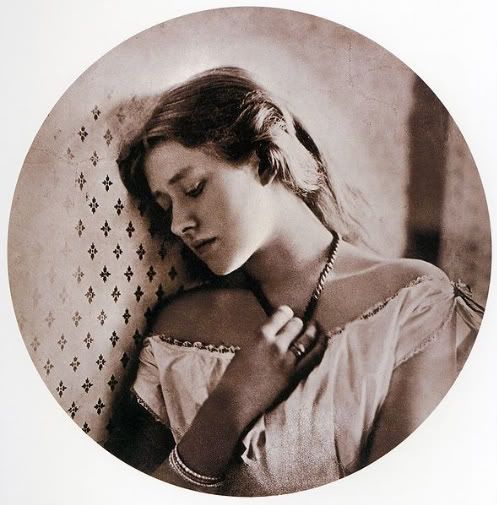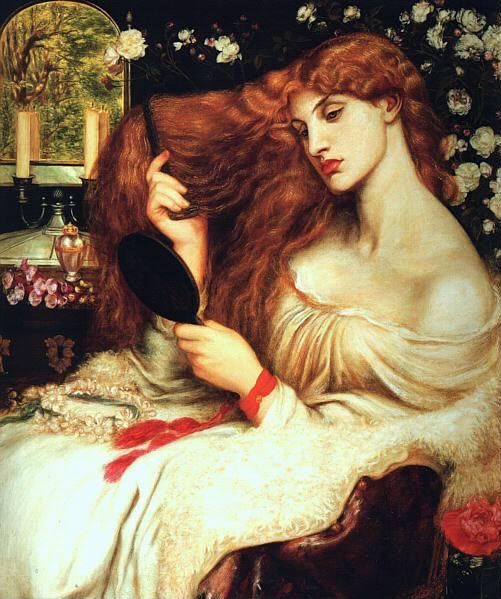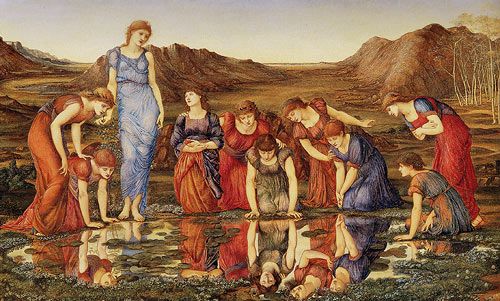
At long last, some additional news has broken about the BBC television adaptation of Franny Moyle's Pre-Raphaelite potboiler, Desperate Romantics. After months with no news, cyberspace finally has a fresh injection of stories about the much-anticipated series.
One of the more interesting articles I came across was Rapid Talent's interview with Samuel Barnett, who will be playing John Everett Millais. Barnett describes getting acquainted with his character through field trips to the National Gallery:
"I like all sorts of art, that's why I love wandering around The National Gallery. I really admire paintings that look like an actual snapshot – I think that's just extraordinary. That's what's so special about Millais: flesh – people's actual skin – looks real, for example in The Order Of Release and Christ In The House Of His Parents; it's photographic, it doesn't matter how close you get to the painting, you don't see the brushwork. With Millais's paintings it's microscopic; when he does hair it's extraordinary, you can see every strand. His paintings are my favourites – not just because I'm playing him – I think he's the best artist of the group, technically and also emotionally."
I would have to agree, though, as you all know, I have a great appreciation for Burne-Jones and Rossetti as well.
Although I'm a little disappointed that the BBC feels it's necessary to portray the Pre-Raphaelites as prototypes for modern models and rock stars, I suppose it makes it makes sense from a marketing perspective. And, in all honesty, I must admit that I was always drawn to that aspect of their story. As Barnett points out, the Pre-Raphaelites came on the scene just as the public was gaining greater access print publications than ever before:
"You don't have to know anything about the period or the artists; it's a human story and a 'sex, drugs and rock 'n' roll' story as well: this was the period when supermodels and celebrity was born. The use of the printing press meant everyone, nationally and internationally, could see these guys' paintings and the models they used, that was a first – art had never had exposure like that before."
You can read the full story at
Rapid Talent UK.
Also, special thanks to Grace at
The Beautiful Necessity for bringing to my attention the fact that news stories about
Desperate Romantics are finally starting to get out!








